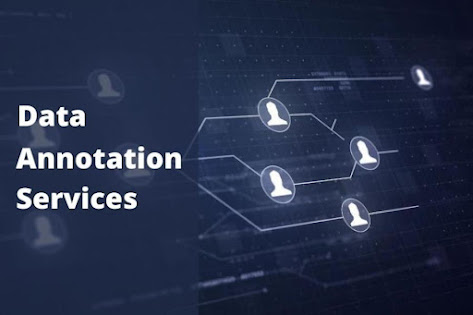The Evolution of Video Data Collection: From CCTV to AI-Driven Analytic
The evolution of video data collection, as exemplified by the work of Globose Technology Solutions Pvt Ltd (GTS), represents a significant shift in how visual information is gathered and analyzed. From the days of CCTV footage being used primarily for security purposes, we have moved towards a more sophisticated use of video data, where AI and machine learning algorithms play a crucial role.
Introduction
The field of video data collection has undergone a transformative journey. Initially focused on security through CCTV footage, the advent of AI and machine learning has revolutionized this domain. Globose Technology Solutions (GTS) stands at the forefront of this evolution, offering comprehensive solutions for various AI and ML applications.
The Era of CCTV
The early stages of video data collection relied heavily on CCTV. Primarily used for surveillance and security, these systems captured footage without much scope for advanced analysis. The data was often used retrospectively, mainly for investigating incidents or monitoring security breaches.
Transition to Advanced Video Analytics
As technology progressed, so did the capabilities of video data collection. The integration of AI and machine learning opened new avenues for utilizing video footage. Analyzing data frame-by-frame and labeling objects for machine recognition, as practiced by GTS, represents a leap in how we understand and use video data.
AI-Driven Analytics: The New Frontier
Today, companies like GTS specialize in creating machine-readable datasets from raw videos. They cater to specific AI and machine learning needs, marking a significant shift from the traditional use of video data. This approach has broadened the applications of video data, extending beyond security to fields like traffic management, behavioral analysis, and more.
Advancements in Video Analytics
The early 1990s saw the introduction of Video Motion Detection (VMD), a technique that identified changes in pixels to detect motion. However, VMD often generated false alarms, as it couldn't distinguish between relevant and irrelevant movements. This limitation led to the development of more sophisticated analytics around 2000, incorporating algorithms to reduce false alarms, yet still falling short in complex environments.
The Rise of AI in Video Surveillance
Today, the industry has leaped into AI-based analytics. Using machine learning and Deep Neural Networking (DNN) algorithms, modern systems can accurately detect specific objects, greatly reducing false alarms and enhancing surveillance capabilities. These algorithms, trained to identify people and vehicles, improve over time, offering precision and adaptability.
Big Data and Predictive Analytics
The integration of Big Data infrastructures has revolutionized video surveillance, enabling the collection and storage of large volumes of data. Coupled with predictive analytics, AI-enabled systems can now anticipate security incidents, offering proactive solutions and intelligent insights.
Drones and IoT Integration
The incorporation of Internet of Things (IoT) devices and drones into video surveillance systems has added versatility and functionality. Drones, in particular, provide unique perspectives and capabilities, expanding the reach of surveillance beyond fixed camera positions.
Convergence with Cybersecurity
The digital transformation of industries has led to a convergence of physical and cyber security measures. Video surveillance systems, as integral IT infrastructures, are increasingly integrated with cybersecurity systems, offering a more holistic approach to security.
Modern System Architectures
Contemporary video surveillance systems employ edge/fog computing architectures, processing video information closer to the source. This paradigm shift allows for real-time security monitoring, efficient bandwidth usage, and the integration of complex analytics at the edge of the network.
Challenges and Best Practices
Despite these advancements, challenges remain, such as privacy concerns, compliance with data protection laws, and the balance between automation and human intervention. The deployment of AI in surveillance also faces hurdles, particularly in gathering large datasets for effective predictive analytics.
Globose Technology Solutions: A Pioneer in Video Data Collection
GTS exemplifies the capabilities of modern video data collection and analysis. They offer globally sourced video dataset collections tailored for machine learning, encompassing diverse fields such as traffic videos, surveillance recordings, and more. Their advanced Video Data Collection Tool ensures precision in collection and annotation, providing top-tier datasets for unparalleled AI model performance.
Conclusion
The evolution from CCTV to AI-driven analytics in video data collection marks a paradigm shift in how we capture, analyze, and utilize visual information. Companies like Globose Technology Solutions are leading this transformation, offering sophisticated solutions that harness the power of AI and machine learning to unlock new potentials in video data.




Comments
Post a Comment